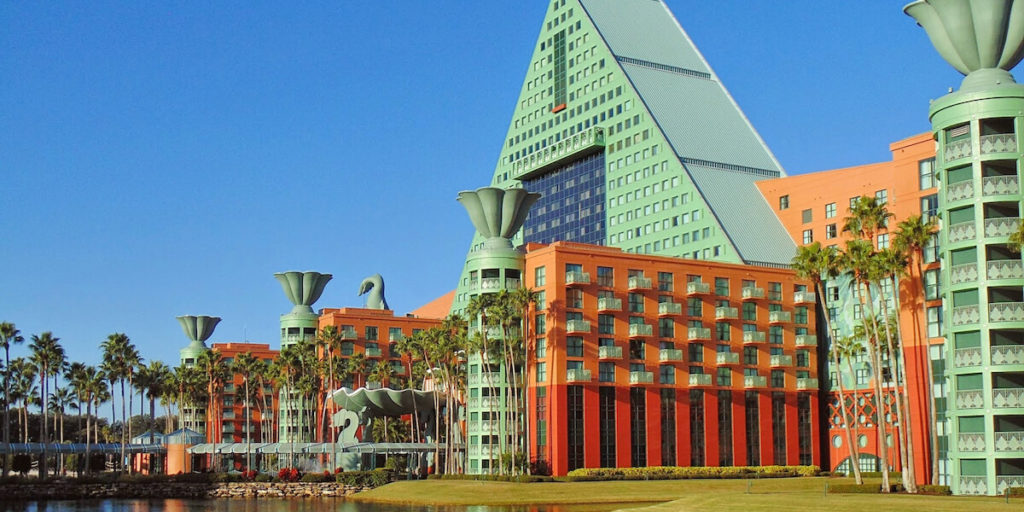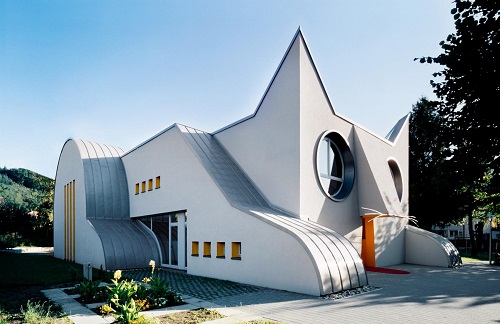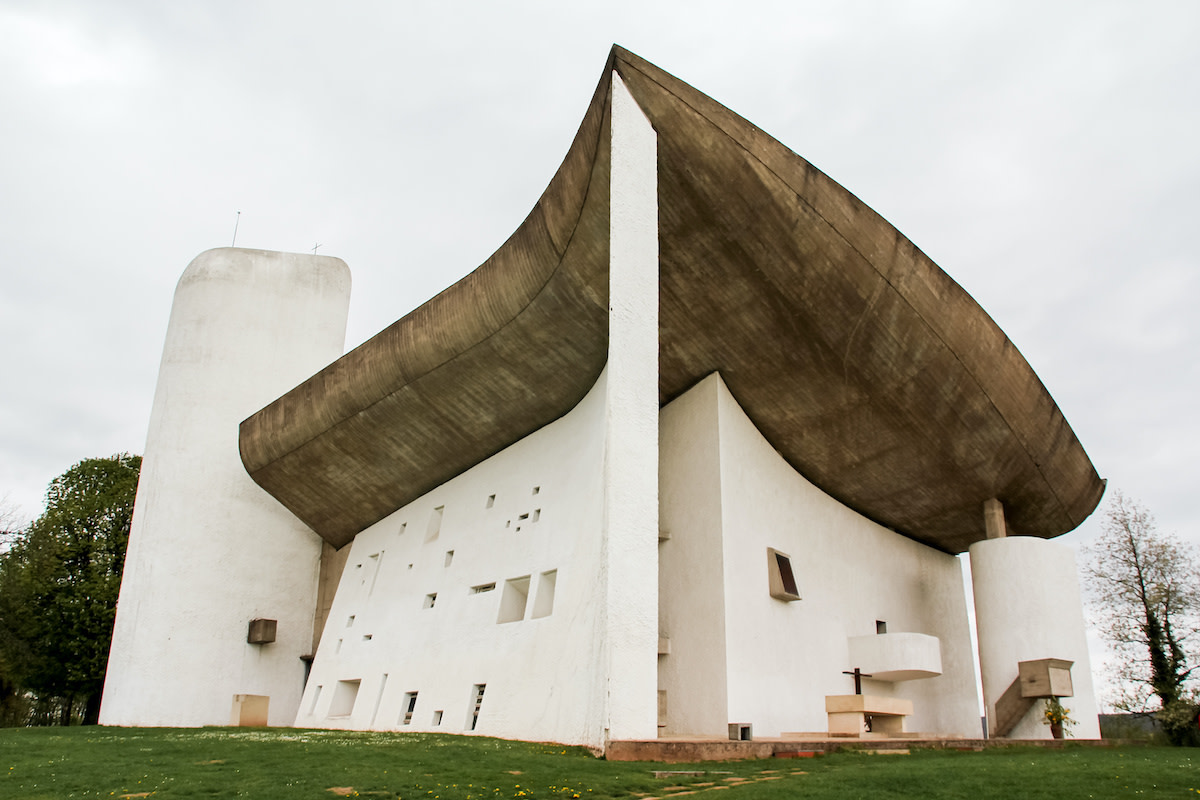What Are The Key Elements Of Postmodern Architecture?

Have you ever wondered what makes postmodern architecture so unique? From sleek surfaces to bold colors, postmodern architecture has taken the world by storm in recent decades. This style of architecture is characterized by its use of diverse elements and unconventional forms.
If you're interested in learning more about postmodern architecture, read on. In this post, we'll explore some of the most amazing elements of postmodern buildings and what they represent.
The Use of Unconventional Forms
One of the most noticeable elements of postmodern architecture is its use of unconventional forms. While traditional architecture adheres to strict rules and symmetrical designs, postmodern architecture breaks those norms and constructs designs that are out of the box.
Postmodern architects regularly incorporate unusual shapes into their architecture, such as pyramids, zig-zags or circles. They tend to focus on creating buildings that are unique and eye-catching.
The Use of Bright Colors
Another feature of postmodern architecture is the use of bright colors in design. Unlike traditional buildings, postmodern structures often feature bold and vibrant hues that are sure to stand out from a distance. Often, colors that are not usually seen on buildings are used to create a dramatic effect.
Using bright colors in architecture challenges the idea that buildings need to be neutral and conservative. Instead, it shows that architecture can be just as creative and dynamic as any form of art or design.
The Use of Iconography
Postmodern architecture also uses iconography to create a unique and visually interesting building design. Incorporating iconic symbols and elements into the architecture of a building can help to make it more memorable and stand out from the rest of its surroundings.
Furthermore, using iconography can help people identify with the building's design and purpose. For example, incorporating aspects of the building's location or purpose can create a sense of community and pride for residents or visitors alike.
The Use of Texture
Postmodern architecture makes use of texture to create visually enriched designs. Texture can be created through the use of materials, patterns, and shapes that create a sense of depth and three-dimensionality.
Furthermore, texture can create a unique sensory experience for visitors and users of a building. It can make the building more welcoming, engaging, and dynamic, by inviting people to touch and explore its surfaces.
The Use of Light
Light is an essential element of postmodern architecture, and it is often used to create a sense of drama and intrigue. In postmodern architecture, light is used to create a juxtaposition between light and dark areas, as well as to highlight specific design features and elements.
Using light creatively can create a unique atmosphere and sense of mystery within a building. It can also help to accentuate the building's design and create a memorable visual experience.
The Use of Sculpture
Sculpture is another element that is often incorporated into postmodern architecture. Sculptures can be used to create a sense of identity and personality within a building, as well as to highlight key features and design elements.
Additionally, sculptures can create a sense of harmony or contrast within a building's overall design. Using sculptures in unique and creative ways can help make the building more engaging, dynamic, and memorable for its users and visitors.
Increased Social Awareness
Postmodern architecture has also been known to be socially aware and responsive to the needs of the communities it serves. Architects and designers are increasingly incorporating sustainable building materials and energy-efficient elements into their designs to reduce their impact on the environment. Additionally, many postmodern buildings are designed with accessibility in mind, making them easier to use and enjoy for people with disabilities.
Final Thoughts
Postmodern architecture represents a significant departure from traditional design and follows a distinct set of norms. By incorporating elements such as unconventional forms, bright colors, iconography, sculpture, texture, and light, postmodern buildings create a unique and dynamic experience for their users and visitors.
Furthermore, postmodern architecture's focus on sustainable building materials and accessibility reflects a broader trend towards social and environmental responsibility.
So, next time you encounter a postmodern building, take some time to appreciate its unique design and the creativity and thought that has gone into its construction.
FAQ
What is postmodern architecture?
Postmodern architecture is a style of architecture that emerged in the 1960s as a reaction against the strict forms and rules of modernism. It is characterized by its use of diverse elements and unconventional forms.
What are some elements of postmodern architecture?
Postmodern architecture incorporates elements such as unconventional forms, bright colors, iconography, sculpture, texture, and light to create visually interesting and unique buildings.
What is the importance of social responsibility in postmodern architecture?
Postmodern architecture has a growing focus on sustainability and accessibility, reflecting a broader trend towards social and environmental responsibility. Architects and designers are increasingly incorporating energy-efficient materials and elements into their designs to reduce their impact on the environment.
What is the use of light in postmodern architecture?
In postmodern architecture, light is used creatively to create a sense of drama and intrigue. It can be used to create a juxtaposition between light and dark areas, highlight specific design features, and create a unique atmosphere and sense of mystery within a building.
What is the significance of sculpture in postmodern architecture?
Sculpture is often incorporated into postmodern architecture to create a sense of identity and personality within a building. It can be used to highlight key features and design elements, create a sense of harmony or contrast, and make the building more engaging and memorable for its users and visitors.
What is the use of texture in postmodern architecture?
Texture is used in postmodern architecture to create visually enriched designs by creating depth and three-dimensionality. Texture can be created through the use of materials, patterns, and shapes, and it can create a unique sensory experience for visitors and users of a building.
What is the significance of iconography in postmodern architecture?
Using iconic symbols and elements in postmodern architecture can help to make a building more visually engaging, memorable, and representative of its location or purpose. Incorporating iconography can create a sense of community and pride among residents and visitors alike.
What is the significance of unconventional forms in postmodern architecture?
Unconventional forms are a hallmark of postmodern architecture, as they challenge traditional rules and symmetrical designs. Postmodern architects use unusual shapes to create unique and eye-catching buildings.
What is the use of bright colors in postmodern architecture?
Bright colors are prominent in postmodern architecture and are used to create visually interesting and dynamic designs. Unlike traditional buildings, postmodern structures often feature bold and vibrant hues that are sure to stand out from a distance. Bright colors challenge the idea that buildings need to be neutral and conservative.
Overall, postmodern architecture embraces creativity, diversity, and sustainability and is ever-evolving. Its unique and unconventional approach has revolutionized the field of architecture and continues to inspire innovative and exciting designs.




Post a Comment for "What Are The Key Elements Of Postmodern Architecture?"